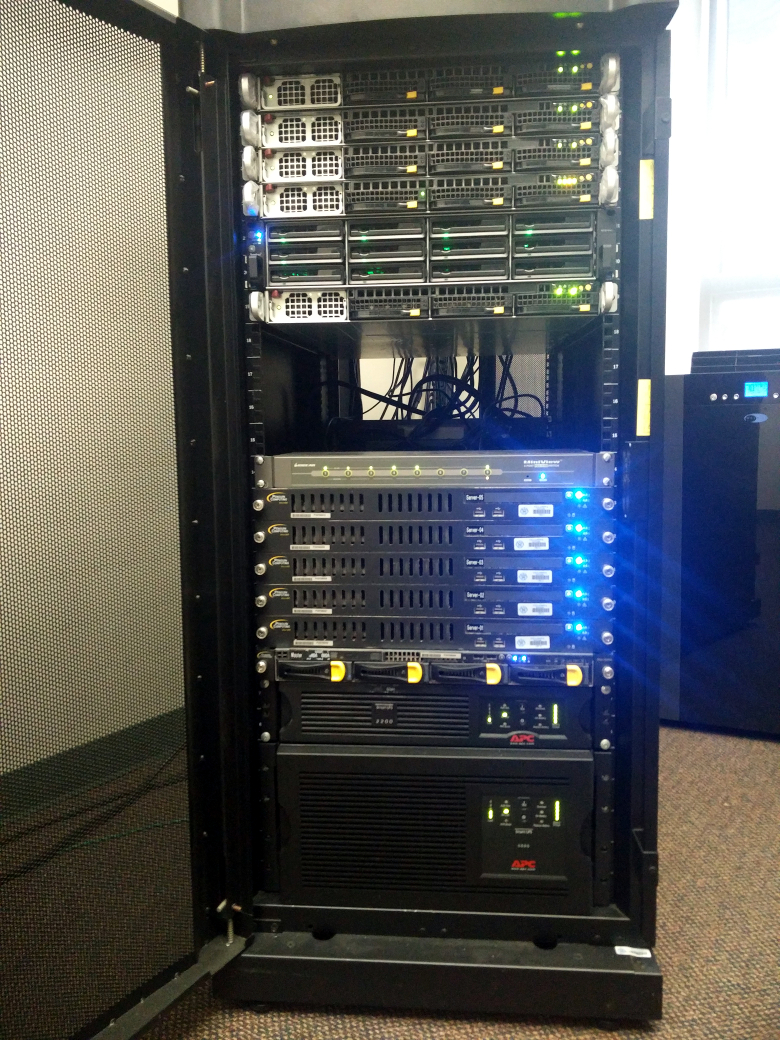Announcements
Hotwired 5 hosted at Villanova and organized by our research group.
Postdoctoral position available in our research group. The 3-year appointment starts in September 2016.
update: position filled in Feb 2017
Hotwired 5 hosted at Villanova and organized by our research group.
Postdoctoral position available in our research group. The 3-year appointment starts in September 2016.
update: position filled in Feb 2017
Activities
Our research group is active in the field of eclipsing binary stars, exoplanetary science, astrostatistics, virtual reality visualization and big data science. We are involved in the following projects:- PHOEBE: PHysics Of Eclipsing BinariEs, a widely used modeling code in the eclipsing binary community.
- K2, Gaia CU7 and LSST.
- Kepler Eclipsing Binary Catalog, featuring over two thousand new discoveries.
- EBAI: Eclipsing Binaries via Artificial Intelligence, an artificial neural network-based code for rapid parameter estimation.
- polyfit: a polynomial chain fitter for analytical approximations to light curve data.
Current Research Group Members
 | Martin is an NSF-sponsored postdoc. His expertise is in mathematical physics, quantum and classical chaos. Martin is working on the nitty-gritty backend details of the PHOEBE project. |  | Kelly is an NSF-sponsored postdoc. Her focus is asteroseismology of binary stars. Kelly is working on modeling heartbeat stars found in the Kepler data within the APOGEE project. |
| Dr Martin Horvat | Dr Kelly Hambleton | ||
 | Kyle is a graduate student. His focus is on interacting multiple stars, eclipse timing variations and eclipsing binaries in open clusters. Kyle is working on the frontend of the PHOEBE project. |  | Angela is a graduate student. Her focus is the development of the theoretical framework of overcontact binary stars and large-scale data classification. Angela is working on PHOEBE and on Gaia CU7. |
| Kyle Conroy | Angela Kochoska | ||
 | Michael is a graduate student. He is working on identifying false positives (sources that show eclipsing binary signatures due to contaminating objects) in Kepler and K2 data and on astrobiology. |  | Mark is a graduate student. He is focusing on the metrics and the merit function for binary/multiple stars in preparation of the Large Synoptic Survey Telescope (LSST). |
| Michael Abdul Masih | Mark Wells | ||
 | Cole is a graduate student. He is specializing in asteroseismology, specifically in massive pulsating stars hosted in binary systems. He aims to improve the forward-modeling of O- and B-type stars. |  | Giannina is an undergraduate student. She is building an interface for importing and scanning manually written data cards in the Villanova archive. The digital archive will be made available worldwide. |
| Cole Johnston | Giannina Guzman | ||
 | Connor is an undergraduate student. He is working on applying artificial neural networks to determine principal parameters of Kepler eclipsing binaries and prepare the same machinery for Gaia and LSST. |  | Nick is an undergraduate student. His main job is sifting through the K2 data and harvesting stellar sizes in eclipsing binaries. He is studying the distribution of stellar radii as a function of galactic latitude. |
| Connor Hause | Nick Trotta | ||
 | Griffin is an undergraduate student. He is working on deriving the fundamental stellar parameters of M-dwarfs in occulting binaries in the Kepler dataset. His work is funded by NSF. |  | Eddie Harriett is an undergraduate student. He is working on integrating PHOEBE into a virtual reality system CAVE and several off-the-shelf virtual reality units such as Occulus Rift. |
| Griffin Werner | Eddie Harriett | ||
 | Briana is an undergraduate student. She is working on the frontend inteface to the digitized Villanova data cards. Her specific role is to organize input and store scanned data cards into the online database. |  | I am active in the field of eclipsing binary stars and exoplanetary science within the Kepler mission, as a member of the Science Working Group. I also make the people above do their work. ;) |
| Briana Dalton | Andrej Prsa |
Infrastructure
 |
Our research group specializes in computational astrophysics. Access to high performance computing is thus paramount. We host and maintain an 896-core cluster (depicted on the left) that is available for exclusive use to our research group. The cluster (nicknamed Clusty) is sporting a 72-core Intel mainframe, 7 72-core Intel compute nodes, 2 64-core Intel compute nodes, and 4 48-core AMD compute nodes. Each node has 1GB of memory per core. Clusty is running linux and uses slurm for resource and job management. Two UPS systems provide ~1 hour of uninterrupted power under full load and ~6 hours under throttled load in case of power outage. Disk storage is provided by a 12-unit NAS running RAID10, along with nightly backups of the /home partition to an offsite backup server. There is no provision for sensitive/restricted data. Clusty is located in a dedicated server room (nicknamed Rumble room) that is cooled to 15C by two industrial-grade air conditioning units. Clusty is maintained solely by our research group. Future expansion of compute nodes will be made by support from external grants and departmental resources. For instructions on how to use clusty to submit compute jobs, please see clusty homepage. |



